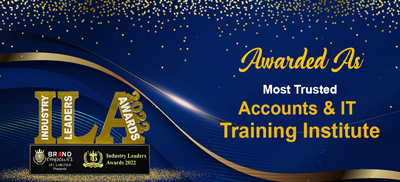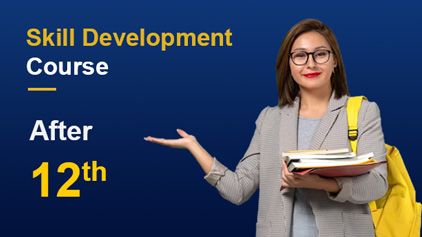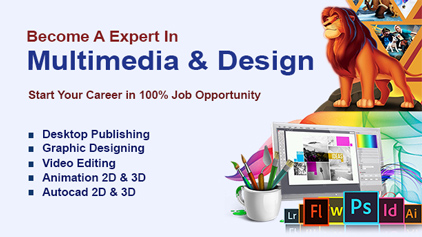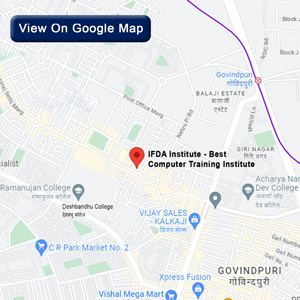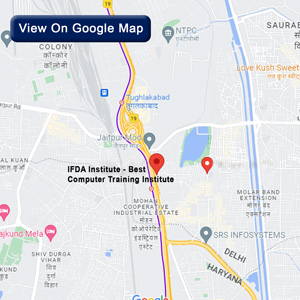The Ultimate Guide to Complete Multimedia: Revolutionalizing Your Content Approach for Ultimate Interaction
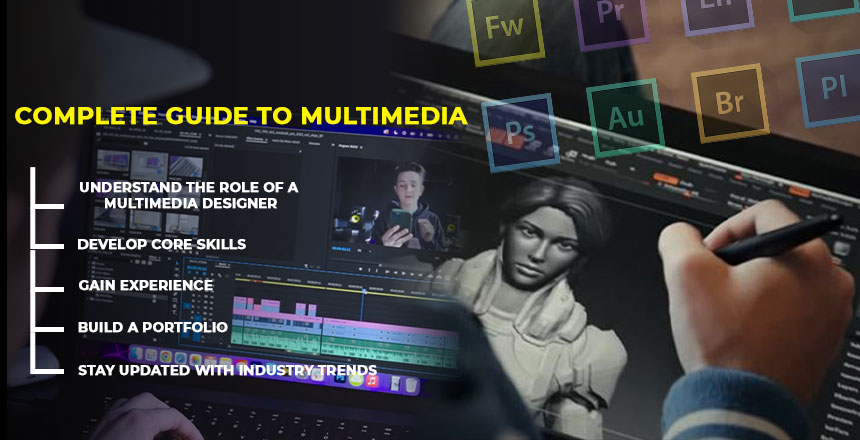
Our society is multimedia. The readers of today are quick to judge and do not have much patience, and they would not want to read plain text on the screen. So to truly get there and for consumers to really engage, you need a full-fledged multimedia content plan. This ultimate guide highlights multimedia content, where and why you need multimedia content, and how you can optimize your content strategy.
What is multimedia content?
Multimedia can be described as the use of multiple mediums and formats within one's content. This includes:
- Text
- Images
- Infographics
- Videos
- Podcasts
Promotional components that include e-survey, e-assessment, and e-quiz.
When the different multimedia formats are used, you are developing the message that your
audience receives with more depth. That surely broadens the horizons of content dissemination,
flexibility, and knowledge sharing with readers.
Why Your Brands Require Multimedia Content Planning
In the modern digital era, multimedia content is essential for several key reasons:
Addresses Students with Different Learning Modalities
People can have different options on how they will read and access their chosen information. Some prefer reading text. Some others use more images or video. Multimedia fulfills the needs of the learner who grasps what is being taught through visuals, those who comprehend with their ears, and those who understand best through motion.
Meets audience expectations
This is because we are accustomed to dynamic web content, which is graphics and videos and is often interactive. The blocks of text by themselves appear dull for users in today’s society. Using multimedia, it is possible to meet the expectations of the target group and therefore increase the level of interest in a particular subject.
Improves SEO
With multimedia, more doors are open when it comes to keyword placement and search
optimization. Such formats also help the visitors spend more time with your site or content since
they are frequently changing. This is important to let any search engine know you are providing
value through your web pages.
That said, let’s proceed to how to create your multimedia content strategy now that you
understand why multimedia content is essential.
Developing Your Total Multimedia Communications Message Type
Switching to multimedia content is not a walk in the park and will require strategy, planning, and likely website changes. But the amount of engagement and sales leads that come out of a post easily offsets the time spent. As you build out your strategy, here are key steps to take:
Audit Your Existing Content
The first action will be to look through and evaluate all the blogs created, all the downloads, and other content you have available. Determine which of the text-based tools and resources you can improve or add images, infographics, other types of interactivity gadgets, podcasts, or videos to. This will make it possible to identify liaisons in the current multimedia mix.
Best Content Types Focused On Each Topic
Of course all multimedia can increase engagement, but some formats are more effective for certain subjects. To each content area that you must teach, consider which supplementary formats would best satisfy your audience’s requirements. There are many kinds of how-to guides, and some could be more suitable than the others; for instance, for complicated procedures, step-by-step videos might suffice. Whereas for industry analyses, it would be easier to provide infographics and podcasts for further.Parents/Guardians Consumer Electronics Manufacturing Industry and Analysis.
Ge Graph Out Content Creation of Preference
Moving to multimedia implies the need for new solutions for the production of content at all stages. Identify what has to change in the current workflow process flows and assess current work processes. It might include new ideas for collaborative tools for idea generation across the teams, identification of creators for multimedia specialty, new tools for editing, new steps for review and approval, and a definition of the way to publish.
Develop and set up software, tools, and talent
It is clear that multimedia needs not just new processes but new enabling resources. Save resources for the essential applications that include photo and video editors. In the event that assistance is needed in media creation, graphic designers and videographers should be hired. Educate your team coordination on becoming at ease with video recording or learning some images and graphics. Train your team coordination on the common camera and basic image and infographic creation. The tools employed and the development of relevant skills are a foundation for the very success.
A great many of them must be ironed out every day and continually optimized for each format individually. What is more, it is not only simply necessary to create separate multimedia objects. While creating new content, websites, or blogs, you must definitely monitor the engagement and conversion rate for each content. Just analyze which multimedia really engage your audience and which ones do not. Then redouble the success by making more of those recognized/proven asset types in the formats for which they were successful. Build up the bravery to implement changes, but don’t forget that your audience should always direct you.
Grow Your Technology and Platforms
Revamping your content strategy might expose challenges in current systems to manage content, websites, or tracking. Be prepared to embrace more orders to support multimedia entirely through technology. This can be anything—video content management systems, new interactive content plugins, next-generation DAM solutions—build capabilities to match the vision.
Mandate Ongoing Innovation
Multimedia content cannot be an ad hoc measure. Creating a work culture focused on creativity,
experimentation, and perpetual improvement is part of what happens in the process. Encourage
team members to always come up with the next best idea, customer need, or bigger
technological advancement to chase. Ensure that the creation of constant multimedia content is
a normality through the management and backing.
If you don’t take a strategic approach but simply start throwing content out into the new media
environment willy-nilly, you can revitalize your content for the multimedia age. Engagement and
conversion rates will always give feedback that it was worth it.
- Written By - Natasha Singh
